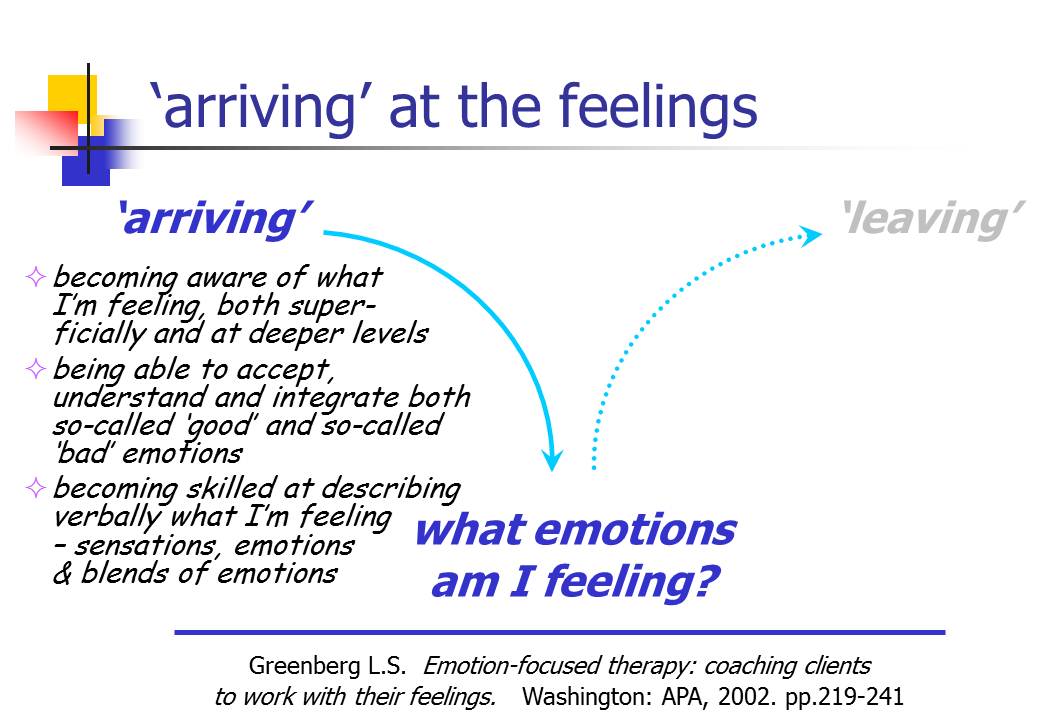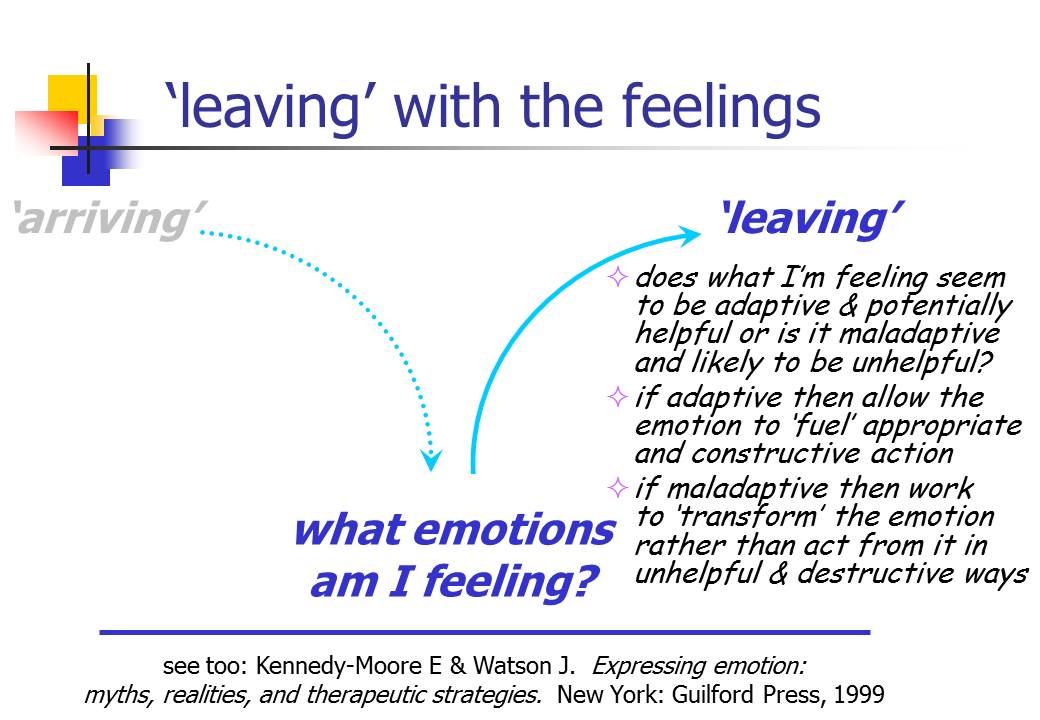Antonio Damasio’s “Self comes to mind”: emotions and the body 2
Last updated on 8th January 2011
I wrote an initial blog post last month on "Antonio Damasio's 'Self comes to mind': overview". I commented that I wanted to think a bit more about three of the areas covered in the book - "Emotions and the body", "Memory and the autobiographical self" and "Mindfulness, protoself, core and autobiographical self" - and I wrote a post "Antonio Damasio's 'Self comes to mind': emotions & the body 1". Today I want to write further on this "Emotions and the body" topic.
Damasio writes (p.48) "Crudely stated, the paramount value for whole organisms consists of healthy survival to an age compatible with reproductive success. Natural selection has perfected the machinery of homeostasis to permit precisely that. Accordingly, the physiological state of a living organism's tissues, within an optimal homeostatic range, is the deepest origin of biological value and valuations." And he goes on to state "The continuous representation of chemical parameters within the brain allows nonconscious brain devices to detect and measure departures from the homeostatic range and thus act as sensors for the degree of internal need. In turn, the measured departure from homeostatic range allows yet other brain devices to command corrective actions and even to promote incentive or disincentive for corrections ... in brains capable of representing internal states in the form of maps, and potentially having minds and consciousness, the parameters associated with a homeostatic range correspond, at conscious levels of processing, to the experiences of pleasure and pain." So ... "In brief, the minimal features that ... simple organisms had to have so that they could succeed and let their genes travel on to the next generation were sensing of the organism's interior and exterior, a response policy, and movement. Brains evolved as devices that could improve the business of sensing, deciding, and moving and run it in more and more effective and differentiated manner."
And on p.52 " ... reward and punishment (are) the lead players in the dance of ... exploration. Note that none of these operations requires a mind, let alone a conscious mind ... What I am suggesting, then, is that incentive mechanisms are necessary to achieve successful guidance of behavior ... I am also suggesting that the incentive mechanisms and the guidance did not arise from conscious determination and deliberation. There was no explicit knowledge and no deliberative self ... The conscious mind simply reveals what has long existed as an evolutionary mechanism of life regulation. But the conscious mind did not create the mechanism. The real story stands our intuition on its head ... The brain mapping of states in which the parameters of tissues depart significantly from the homeostatic range in a direction not conducive to survival is experienced with a quality we eventually called pain and punishment. Likewise, when tissues operate in the best part of the homeostatic range, the brain mapping of the related states is experienced with a quality we eventually named pleasure and reward ... As organisms evolved, the programs underlying homeostasis became more complex, in terms of the conditions that prompted their engagement and the range of results. Those more complex programs gradually became what we now know as drives, motivations, and emotions ... Can one imagine a more transparent detection system? Optimal workings of an organism, which result in efficient, harmonious states of life, constitute the very substrate of our primordial feelings of wellbeing and pleasure ... the defining aspect of our emotional feelings is the conscious readout of our body states ... that is why feelings can serve as barometers of life management."
These ideas dovetail well with the approach described on the "Emotions, feelings & personality" page of this website, where I write "It seems helpful to understand emotions through an evolutionary perspective - we have emotions, to a large extent, because they had (and have) survival value. We are the descendants of people with adaptive emotional systems that helped them stay alive and function well. Typically unwelcome feelings that seem maladaptive are due to emotions that are firing off inappropriately. As a rule of thumb, if an emotion is an appropriate reaction to a situation it can help us respond successfully. If the emotion is inappropriate then it's likely to be more useful to work to change the emotional response - through therapy or other approaches." The handouts "Emotions are like a radar system" and "Emotions, awareness & regulation" expand on these points, as too does "Emotions, ‘arriving' & leaving" with it's diagrams:


For more on these ideas, see the blog post "Meeting at relational depth: a model" and the four part blog sequence "Our life stories: needs, beliefs & behaviours". The key point is that emotions and emotional intelligence provide a core compass reading that helps us function more adaptively. Unfortunately emotions and the compass bearing they suggest may become distorted - for example by alcohol & drugs, and by toxic earlier learning experiences. Therapy and living more healthily can help correct the accuracy of our internal compass!
More to follow ...
